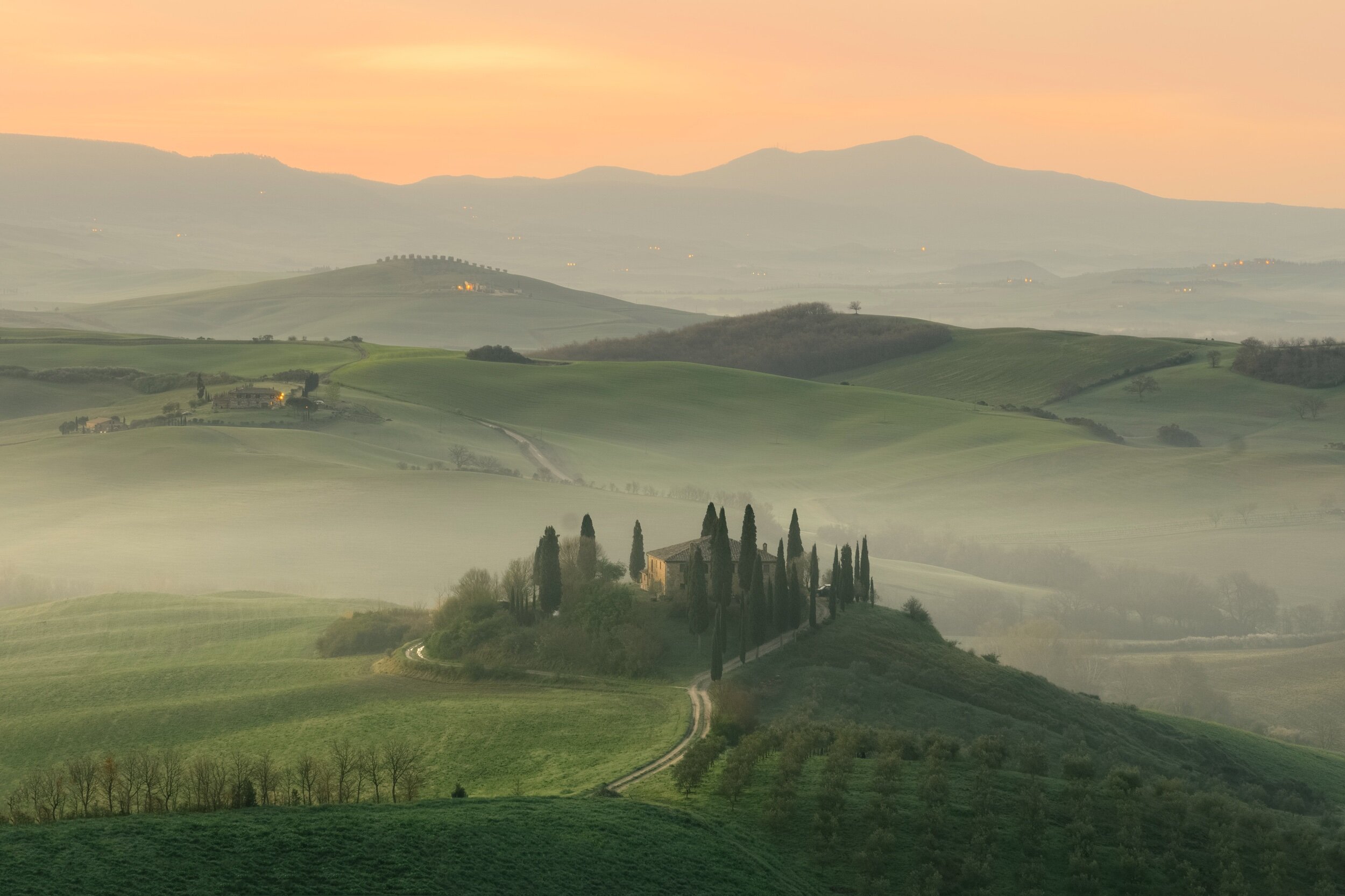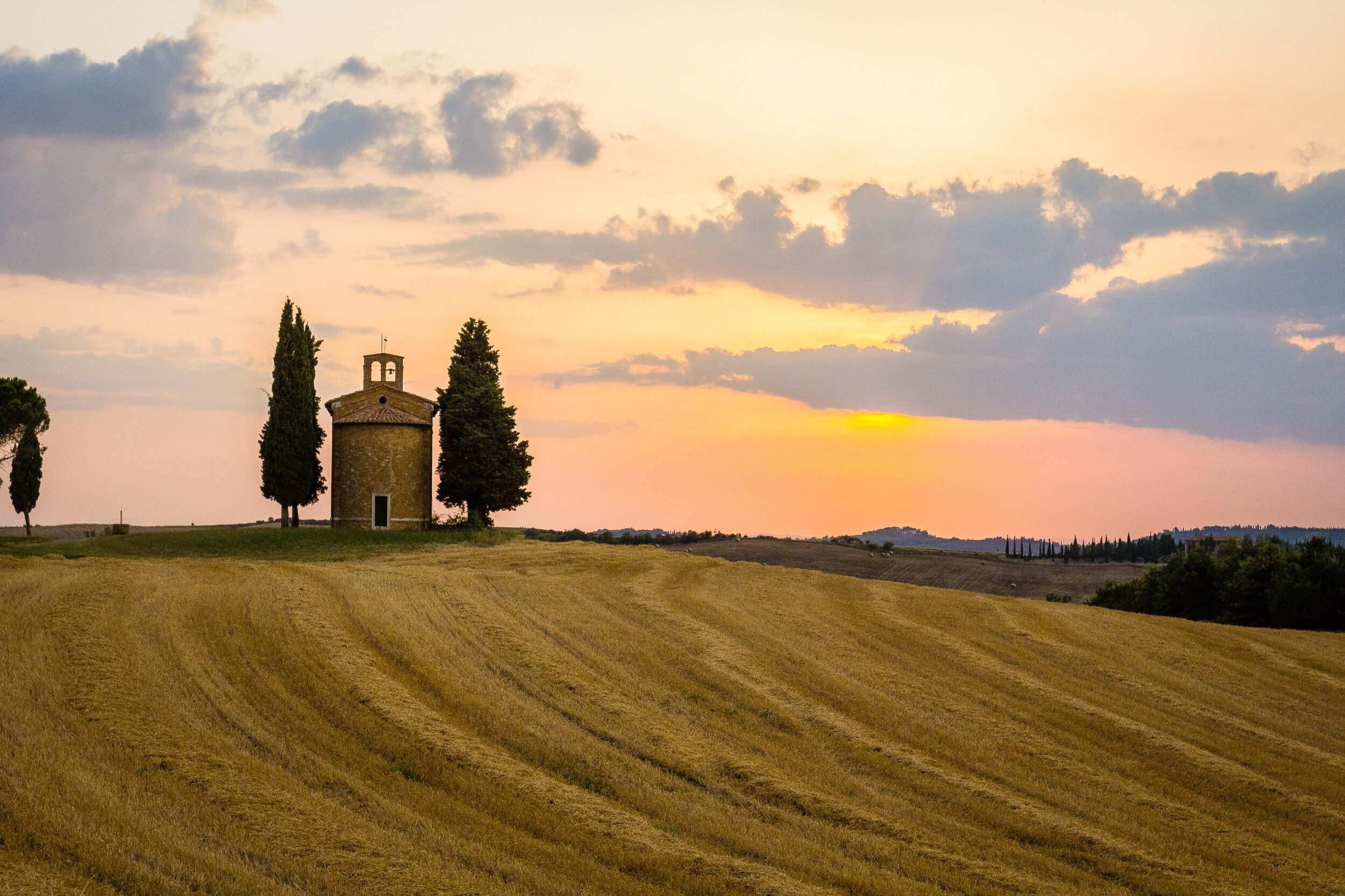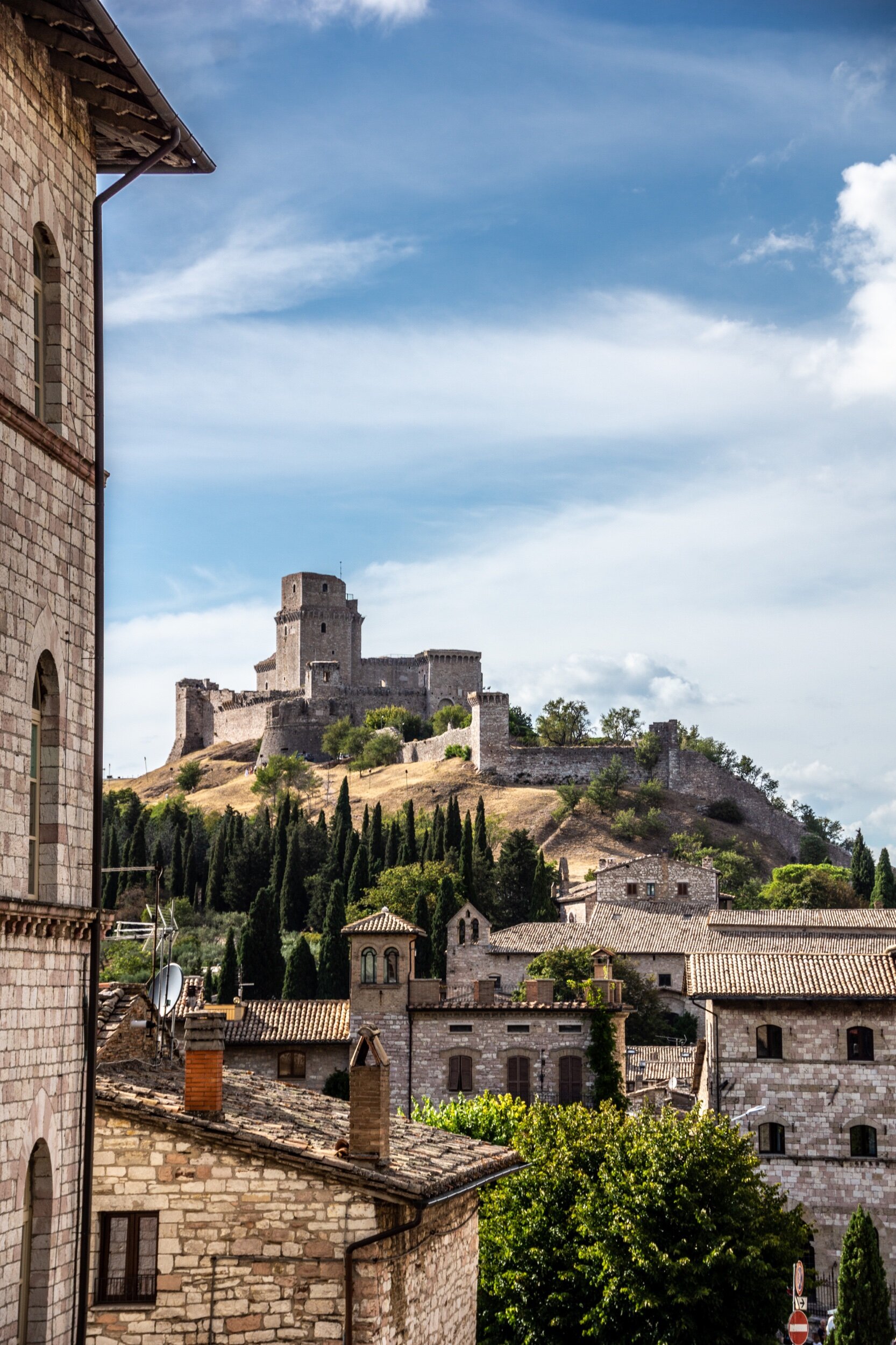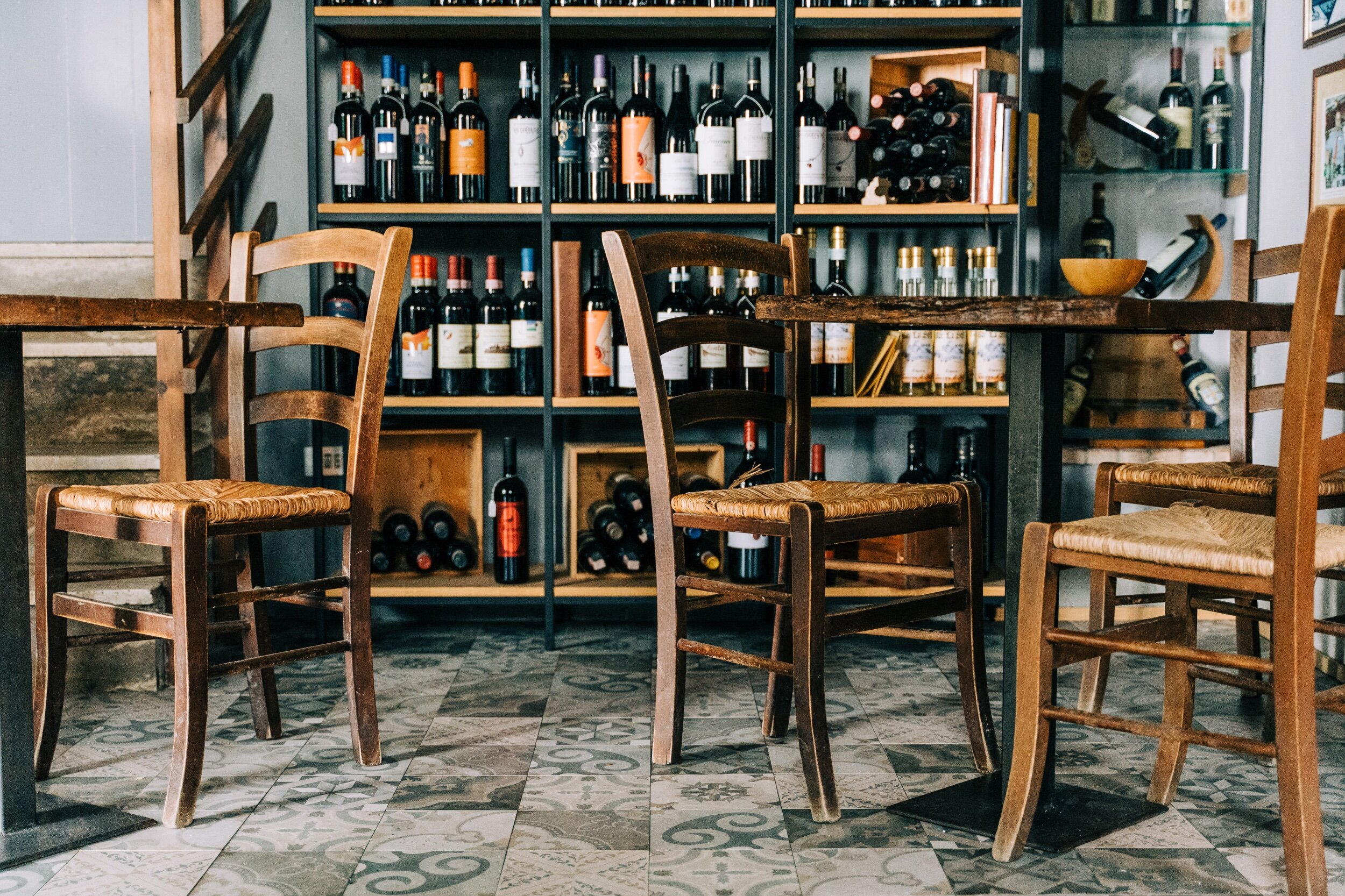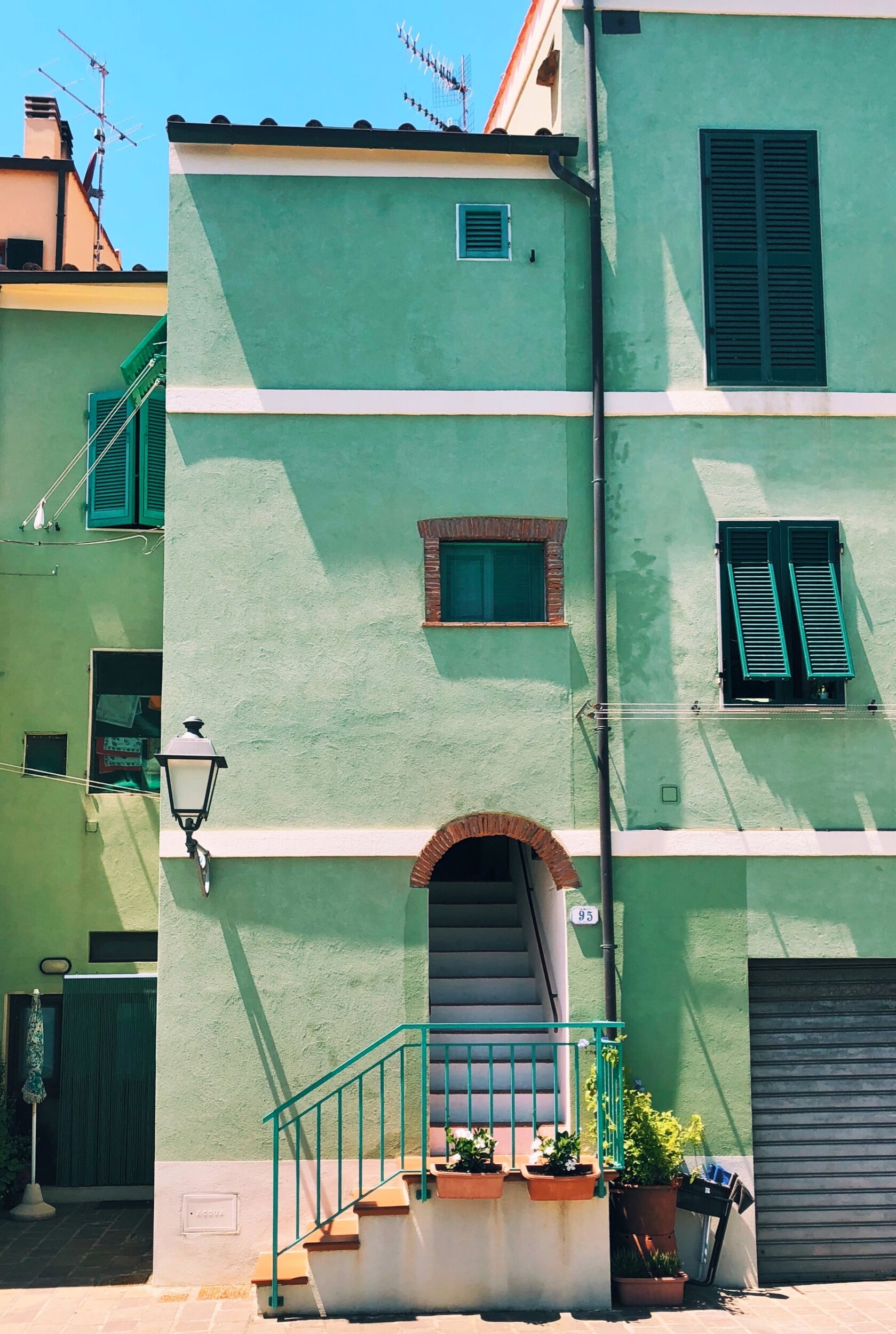Tuscany
At long last, possibilities to travel. Finally. It is not possible everywhere, and certainty is often lacking. There are many rules, restrictions, and don't underestimate the testing costs. It still isn't easy - but at least it's now possible, albeit only to some places.
Papua New Guinea is inaccessible but should remain on your wishlist.
The most accessible destination to reach was TUSCANY. Tuscany has a creative legacy which is written in its landscapes. The architecture of the towns and buildings created in the Medici era and the vineyards that reaches the horizons over rolling hillsides are witnesses of these times. Estates in many valleys and on the hills are accessible to visitors. The unique aroma of the different vineyard wines is often due to the richness of the versatile soil. The winemaking is one of the region's cultural highlights - the arts, structures, fashion, and equestrianism makes me itching for more. But for the time being, I'll raise a glass of Montalcino and say 'salud'.
Secluded shorelines, wrapped by pines, sandy beaches, and maquis, are well suited for lonely traveling these days. Exploring the rugged stretch of coastal hills reveals wild hiking and scenic shorelines across the sandy beaches. At Piombino, ferries connect the mainland to this coastline's oft-forgotten gem: the Tuscan Archipelago National Park. A chief stop is Elba, the island to which Napoleon Bonaparte was banished in 1814.
But Elba is much more than just an emperor's pit stop. Capital Portoferraio is a charming town with cobbled streets leading to the battlements of an English Fort.
In summer, dolphins, fin, and sperm whales can be seen, and the surrounding islands also hold plenty of surprises. The furthest outpost is Capraia, as well as an ex-penal colony. Its volcanic terrain of maquis-frosted tuff resembles Corsica. Away from the ruins of its old prisons, trails link the island's clifftops with excellent snorkeling possibilities in the shallows below.

